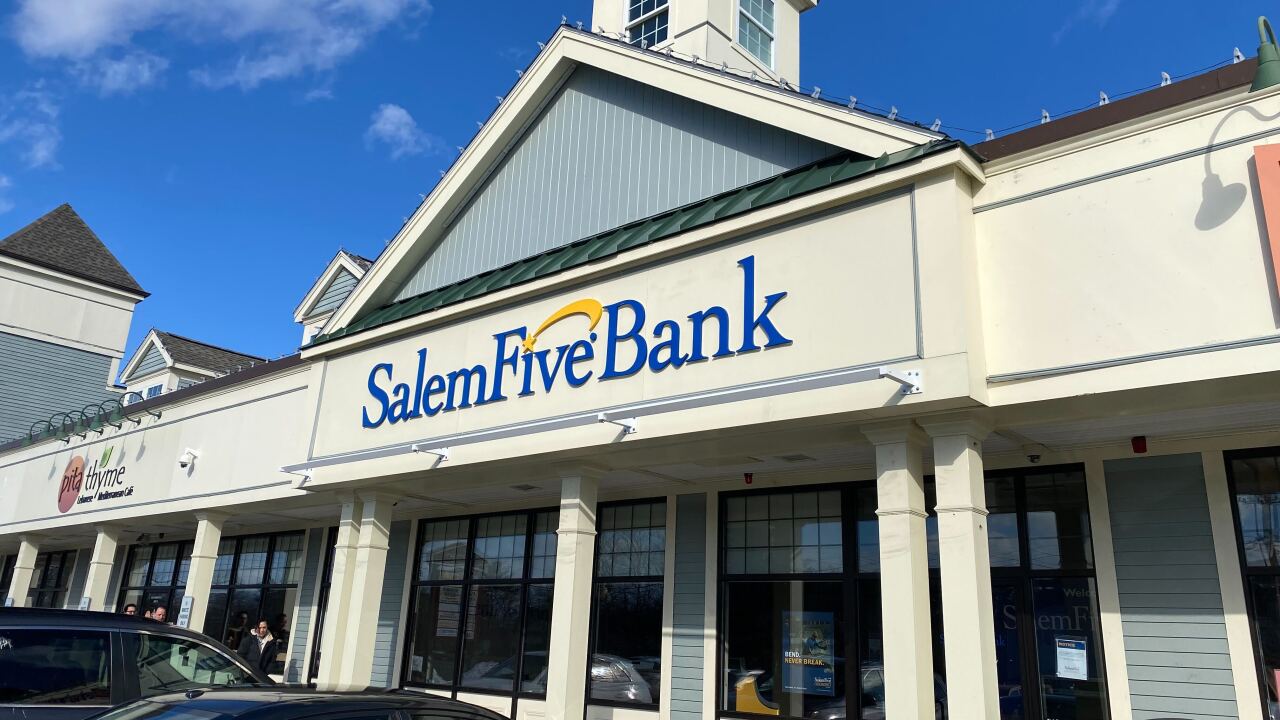Capital One Financial benefited from higher consumer loan originations in the third quarter, but increased spending on marketing and technology appeared to spook investors, and the company’s stock price fell sharply.
The $425.4 billion-asset credit card issuer reported higher net interest income and loan originations. Marketing expenditures totaled $751 million, representing an increase of 165% from the third quarter of 2020.
Marketing is “approaching pre-pandemic levels,” and direct mail marketing has already returned to 2019 levels, Chairman and CEO Richard Fairbank said Tuesday on a conference call to discuss the company’s earnings. Earlier this month, a JPMorgan Chase executive

“Competition has definitely intensified, especially in rewards,” Fairbank said, though he noted that competition has not reached the level seen in the card industry in the decade prior to the pandemic. “What we saw back then is very aggressive behavior in ways that were more than just marketing. It really was in the form of looser underwriting.”
Total noninterest expenses at McLean, Virginia-based Capital One rose to $4.2 billion, up 18% from the same quarter last year. The company did not break out its spending on technology, but it did outline a few areas it’s prioritizing, such as fraud detection and underwriting.
Rising costs put pressure on the firm’s efficiency ratio, which measures expenses as a percentage of revenues. Capital One’s third-quarter efficiency ratio was 53.46%, up from 48.07% in the same period last year.
The company also backed away from a long-term efficiency ratio target of 42% — a goal it had set before the COVID-19 pandemic.
“This could cause some angst amongst the investor base despite solid near-term trends,” Kevin Barker, an analyst at Piper Sandler, wrote in a research note. Capital One’s stock price fell 7.5% to $152.75 in midday trading on Wednesday.
Barker wrote that Capital One’s marketing spending during the third quarter was about $100 million above Piper Sandler’s estimate, adding that it “likely will remain a headwind.”
Capital One reported net income of $3.1 billion in the quarter, up 29% from the same period last year. Earnings per share of $6.86 were $1.58 higher than the mean estimate of analysts surveyed by FactSet Research Systems.
Total average loans held for investment ticked up 1% from the third quarter of 2020 to $253.1 billion. Commercial loans fell 2% from the same period a year earlier to $75 billion, but that decline was offset by growth in the retail banking segment. In particular, auto loans grew 14% to $73.3 billion, driven by continued demand and higher vehicle prices.
Net revenue increased 6% from the same period last year to $7.8 billion. Net interest income rose 11% year-over-year to $6.2 billion, and the company’s net interest margin expanded 67 basis points to 6.35%.




